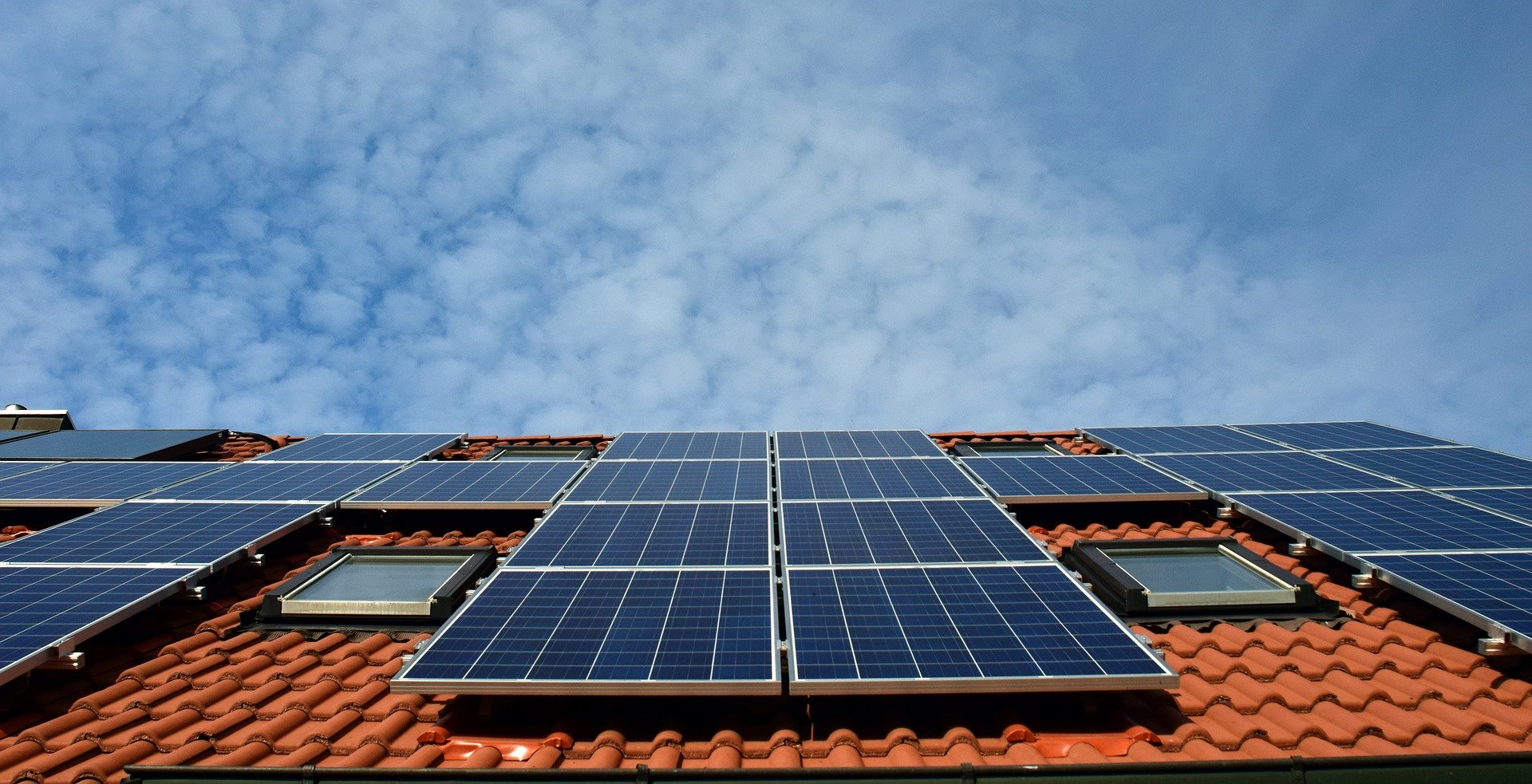Behavioral factors behind residential PV adoption in China
Researchers have combined the theory of planned behavior, the technology acceptance model, and diffusion of innovations theory to investigate rooftop solar adoption in China. From a 1,200-person survey, they found that subjective norms and social influence from peers and community had a surprisingly more substantial effect than personal attitudes or perceived ease of use.

Researchers have combined the theory of planned behavior, the technology acceptance model, and diffusion of innovations theory to investigate rooftop solar adoption in China. From a 1,200-person survey, they found that subjective norms and social influence from peers and community had a surprisingly more substantial effect than personal attitudes or perceived ease of use.
A research group led by scientists from China's Wuhan University has created an integrated model to study the behavioral factors behind the intention to adopt a residential PV system in the country.
The new approach uses three technology adoption theories within a model that explains how and when they impact people's desire to acquire a solar system.
“This study is the first of its kind to integrate three major behavioral frameworks – the theory of planned behavior (TPB), the technology acceptance model (TAM), and diffusion of innovations (DOI) – within a single mediation-moderation model to explain residential PV adoption in China,” corresponding author Manzar Rehman told pv magazine.
“We introduce trust in technology (TiT) as a mediator and environmental turbulence (ET) as a moderator, offering a novel understanding of how psychological trust and external uncertainties shape PV adoption behavior in emerging markets. This unified model provides a more realistic and comprehensive picture of consumer decision-making,” Rehman added.
To utilize the model, the team created an online survey, which was distributed among 1,200 homeowners in China who do not have a PV system installed. This survey was distributed in May 2024 and contained dozens of questions. Of those, 25 questions were related to DOI, 15 to TPB, nine to TiT, nine to purchase intention (PI), eight to TAM and four to ET.
The DOI questions focused on how solar technologies are perceived, the POI on psychological and social factors, and the TAM questions related to the perception of PV as practical and user-friendly. TiT questions referred to the trust in the system, ET to how uncertainties in the markets are perceived in the context of solar energy, while PI queries were about how willing someone is to install a residential solar system.
Image: Wuhan University, Acta Psychologica, CC BY 4.0

Based on the survey answers, a path analysis was conducted. The results show that TPB directly influences PI through a significant relationship with a direct effect calculated at 0.313. TAM had a direct effect of 0.070 on PI, while DOI had 0.276 on PI. TPB, TAM and DOI direct effect on TiT were measured at 0.321, 0.334 and 0.342, respectively.
“The mediation analysis demonstrates that trust in technology represents a main link between TPB and TAM and DOI and PI,” the results further noted. “Users' behavior or perception-related attitudes lead to purchase intentions TiT (β = 0.344 for TPB, β =0.106 for TAM and β = 0.131 for DOI). ET in combination with trust in technology produces substantial intermediate effects that influence customer purchase decisions (β = 0.276).”
According to Rehman, subjective norms and social influence from peers and community had a surprisingly more substantial effect on PV adoption than personal attitudes or perceived ease of use.
“This challenges the common assumption that individual utility perceptions dominate green technology decisions. Also unexpectedly, people who believed their properties were unsuitable for PV installations still showed interest, driven by social curiosity, suggesting a demand for awareness and educational outreach, not just infrastructure improvements,” he added.
Concluding the article, the research group emphasized that future studies should analyze cultural differences related to PV adoption. “We are planning follow-up research in two directions: one is a comparative cross-country study using this model to explore cultural differences, while the other is a longitudinal panel study to examine how consumer trust and adoption behavior evolve over time under changing policy conditions,” Rehman said.
The group's findings appeared in “The intention to adopt photovoltaic systems: integrating behavioral theories with mediation-moderation analysis,” published in Acta Psychologica. Researchers from China's Wuhan University, Jiangxi University of Technology, Hainan University, Pakistan's Karakoram International University, National College of Business Administration and Economics, and Iran's University of Religions and Denominations participated in the study.
What's Your Reaction?



















































